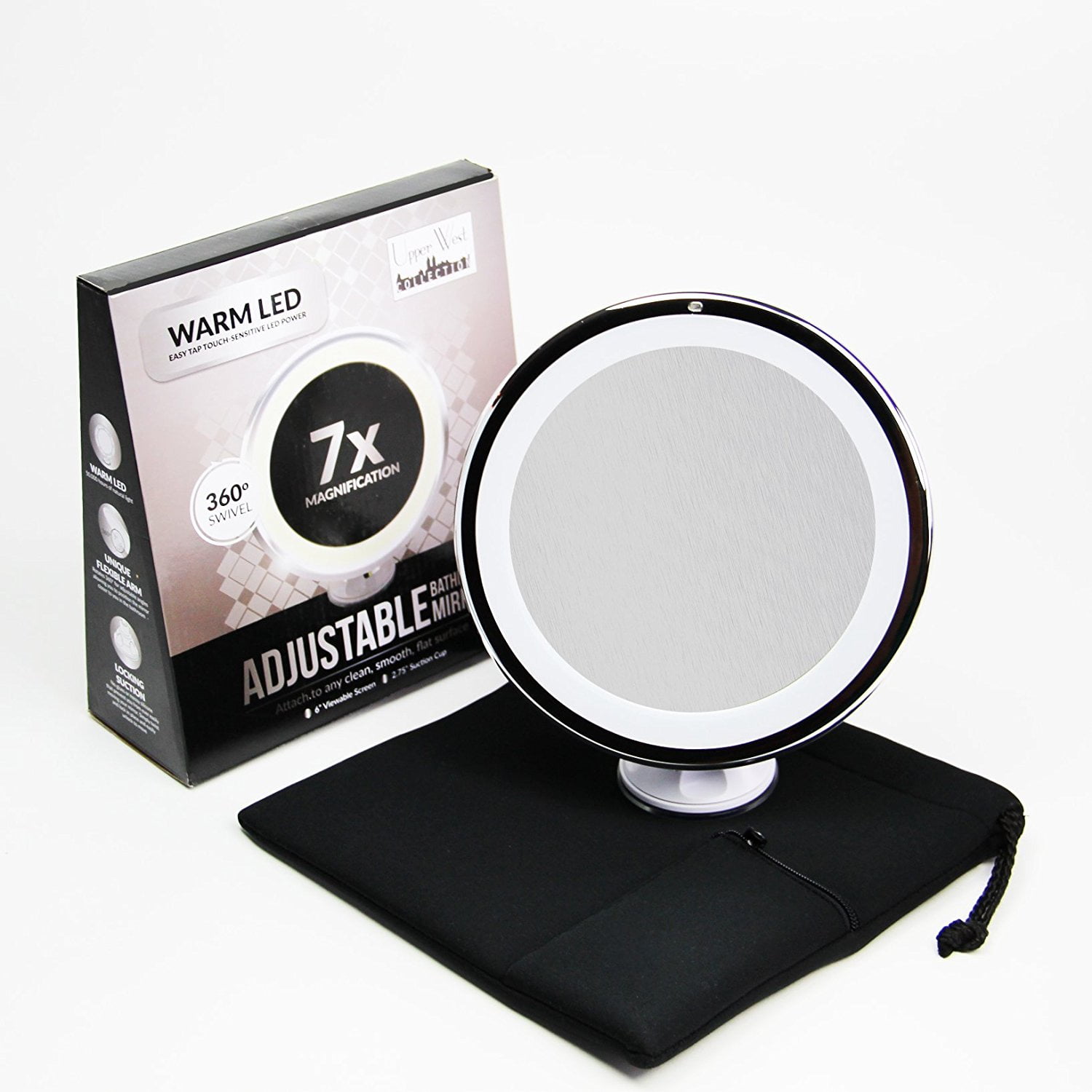
Changing the amount of carbon dioxide in the atmosphere didn’t change the outcome. Kite and his collaborators ran many different combinations of these factors in their simulations, looking for conditions that could cause the planet to be warm enough for at least some liquid water to exist in rivers for more than billion years-but then abruptly lose it.īut as they compared different simulations, they saw something surprising. Snowcaps tend to act as a mirror to reflect away sunlight back into space, but clouds can either trap or reflect away light, depending on their height and composition. Water itself plays a role, too it can exist as clouds in the atmosphere or as snow and ice on the surface. Greenhouse gases, such as carbon dioxide and methane, can trap heat near a planet’s surface. Heat can come from a planet’s sun, but it has to be near enough to receive radiation but not so near that the radiation strips away the atmosphere. Planetary climates are enormously complex, with many, many variables to account for-especially if you want to keep your planet in the “Goldilocks” zone where it’s exactly warm enough for water to be liquid but not so hot that it boils. Then they could combine that with simulations of different climate conditions, and see which matched best. Based on which tracks overlap which, and how weathered they are, the team pieced together a timeline of how river activity changed in elevation and latitude over billions of years. This allowed Kite and his collaborators, including University of Chicago graduate student Bowen Fan as well as scientists from the Smithsonian Institution, Planetary Science Institute, California Institute of Technology Jet Propulsion Laboratory, and Aeolis Research, to analyze maps based on thousands of pictures taken from orbit by satellites. Since Mars doesn’t have tectonic plates to shift and bury the rock over time, ancient river tracks still lie on the surface like evidence abandoned in a hurry.
#LED WARM LIGHT FOR MIRROR FULL#
The photos revealed a landscape full of riverbeds-evidence that the planet once had plenty of liquid water, even though it’s dry as a bone today.

In 1972, scientists were astonished to see pictures from NASA’s Mariner 9 mission as it circled Mars from orbit. Water, water everywhere-and not a drop to drink

But the new findings, published May 25 in Science Advances, suggest that the change was caused by the loss of some other important ingredient that maintained the planet warm enough for running water.īut we still don’t know what it is. Previously, many scientists had assumed that losing carbon dioxide from the atmosphere, which helped to keep Mars warm, caused the trouble. Kite is the first author of a new study that examines the tracks of Martian rivers to see what they can reveal about the history of the planet’s water and atmosphere.

“We’d really like to understand, especially because it’s the only planet we definitely know changed from habitable to uninhabitable.” “People have put forward different ideas, but we’re not sure what caused the climate to change so dramatically,” said University of Chicago geophysical scientist Edwin Kite. But about three billion years ago, they all dried up-and no one knows why. The telltale tracks of past rivers, streams and lakes are visible today all over the planet.


 0 kommentar(er)
0 kommentar(er)
